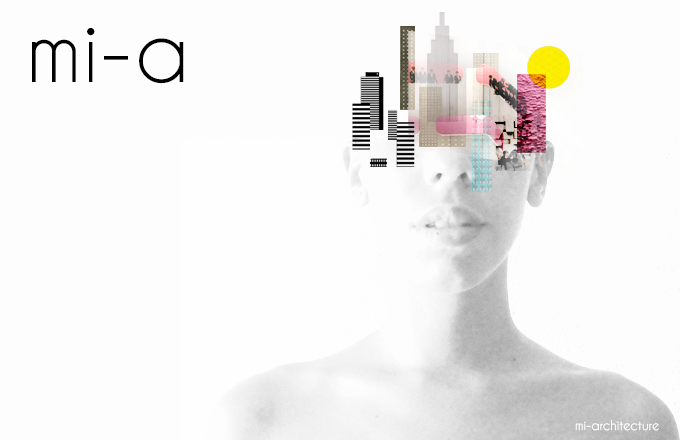Caminando por la calle cae de un árbol una de
las últimas hojas de este Otoño. La recojo, la guardo en un libro y empiezo a pensar qué puedo hacer con ella.
Entre varias ideas, me viene a la cabeza una
pregunta: ¿qué relación existe entre la naturaleza con el resto de las cosas?
¿Y con la Arquitectura?
Ambas tienen que aprender a sobrevivir en un
determinado contexto. Éste no es siempre el mismo, va cambiando cada año y las
obliga a adaptarse. ¿Podemos entonces aprender algo de la naturaleza y
aplicarlo luego al mundo de la Arquitectura?
Walking down the street falls from a tree one of the
last leaves of this Fall. I pick up it, I keep it in a book and I start
thinking what can I do with it.
Among several ideas, it comes to my mind a question:
which is the relationship between nature with the rest of the things? And with
Architecture?
Both have to learn to survive in a determined context.
This is not always the same, it changes every year and forces them to adapt. So
can we learn something from nature and apply it then to the world of Architecture?
La Biomimética es la abstracción de la
naturaleza. Mimesis no entendida como copia sino como abstracción.
El primer paso de la Biomimética consiste en
el estudio de la Biología del elemento de investigación, para no perder la
información básica y entender sus principios. A continuación, éstos pueden ser
abstraídos y utilizados en otros campos, como por ejemplo en la Arquitectura o
la Ingeniería.
Existen pues muchos sectores en los que se
pueden aplicar los diferentes niveles biológicos: molecular, celular, órgano y
organismo. Siendo el organismo el
único generalmente reservado para el Urbanismo y más concretamente para el
estudio del funcionamiento de las ciudades.
Uno de los ejemplos más
conocido en la Biomimética es el desarrollado en 1941 por el ingeniero suizo George de Mestral. George descubrió lo complicado que resultaba desenganchar de sus pantalones los
frutos de algunas plantas conocidas como bardanas. Tras comprobar la existencia
de un gancho al final de sus púas o espinas, se puso manos a la obra e inventó
un sistema de cierre con dos cintas que hoy conocemos como velcro.
Biomimetics is the abstraction of nature. Mimetic
understood not as copy but
as abstraction.
The first step of Biomimetics is the study of the Biology
of the element of the investigation, to not lose the basic information and to understand
its principles. Then, these ones can be abstracted and used in another areas,
as for example the architecture or engineering.
Therefore there are many sectors in which can be
applied the different biological levels: molecular,
cellular, organ and organism.
Being the organism the only one
usually reserved for Urbanism and more specifically to study the functioning of
cities.
One of the best known examples in Biomimetics is the
developed in 1941 by Swiss engineer George de Mestral. George discovered how complicated was to unhook
from his trousers the fruits of some plants known as burdocks. After confirming
the existence of a hook at the end of their spikes or spines, got down to work
and invented a locking system with two tapes that we know today as velcro.
Dentro de cada nivel biológico, este proceso
de abstracción puede dar
lugar a estructuras, sistemas constructivos, superficies funcionales,
estructuras jerárquicas, tejidos o incluso texturas.
El ejemplo que he desarrollado en este
artículo a partir de una hoja es sencillo pero hoy en día hay instituciones y
empresas que trabajan día a día en esta materia. La naturaleza parece simple y
muchas veces no sabemos apreciarla, pero podemos aprender muchas cosas de ella
y todavía faltan muchas por descubrir.
Por esta razón, es tan importante que se siga
apoyando a la investigación y a los investigadores.
Inside each biological level, this process of
abstraction can lead to
structures, building systems, functional surfaces, hierarchical structures,
tissues or even textures.
The example I have developed in this article from a
leaf is simple but today there are institutions and companies working every day
in this area. Nature seems simple and often we don’t know to appreciate it, but
we can learn many things from it and there are still many to discover.
For this reason it is so important to continue
supporting investigation and researchers.







